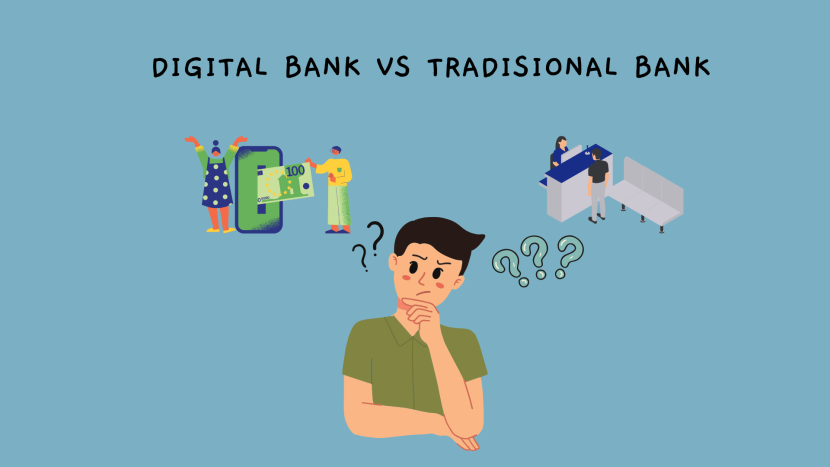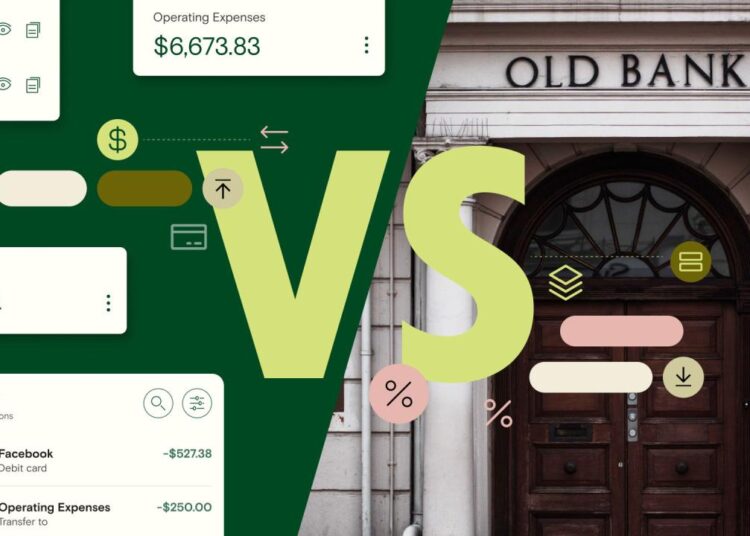Thanks to the growth of financial technology, where to keep your money—digital wallets or old-fashioned banks—has never been more of a question. With speed, innovation, and convenience arrayed on one side, and trust, regulation, and history on the other, having the right financial companion is not a choice—it’s one of security and peace of mind in the long run.
What Are Digital Wallets and How Do They Work?
Digital wallets are applications or mobile apps in which cash can be stored and used electronically. Digital wallets provide instant payment, money transfer, and even investment—all through smartphone or computer. Digital wallets have expanded rapidly in popularity over the past several years with increased convenience and functionality.
Examples are:
- PayPal – A global online payment and money transfer behemoth.
- Apple Pay – Integrated into Apple gadgets for contactless payments and fingerprint authentication.
- Google Pay – Mostly used by Android users for in-store and online transactions.
- Venmo – Used for peer-to-peer real-time transfer of funds, especially in the United States.
- Cash App – Offers banking-style features and cryptocurrency trading.
Traditional Banks Security
Compared to electronic wallets, traditional banks are brand names enjoying a regulatory umbrella of a dominant regulator. They offer the entire gamut of financial products and services such as checking and savings accounts, loans, and lines of credit. Most noticeable is government-insured deposit insurance (e.g., FDIC in the U.S.).
Examples are
- Bank of America – America’s top bank offering complete customer services and internet banking.
- Chase Bank – Strong infrastructure and full-fledged banking is its differentiator.
- Wells Fargo – Offers personal accounts to home lending.
- Citibank – Offers international banking solutions and credit offerings.
- HSBC – International bank specializing in international presence and financial safety.

Security Features: Who’s Leading
Though the centuries-old security know-how of the traditional banks, the mobile wallets have set out to bring on the new technology to bridge the gap. Some of them include biometric authentication, encryption, two-factor authentication, and real-time fraud prevention. The traditional banks still have the upper hand as regards government-backed security guarantee.
Convenience and Accessibility
Here digital wallets are short. Payments are time-consuming, bill payments are a chore, and money transfer to sellers or friends at your fingertips. Traditional banks, however, process more slowly and have more form-filling to do—although the gap has been covered by their mobile banking apps by a considerable distance.
Where Is Your Money Safe?
- If legal protection and deposit insurance are most important to you, traditional banks offer confidence with good legal protection.
- If convenience, speed, and feature innovation matter more, digital wallets offer revolutionary convenience—but a bit more risk depending on the vendor.
In this new era of greater virtuality, there is place for both digital wallets and brick-and-mortar banks. The soundest money choice is to have both—using the security of old banks as a means of maintaining giant balances while benefiting from the convenience of digital wallets for daily expenses. With better technology, the differences between the two become increasingly less clear, providing customers with the best of both worlds financially.









